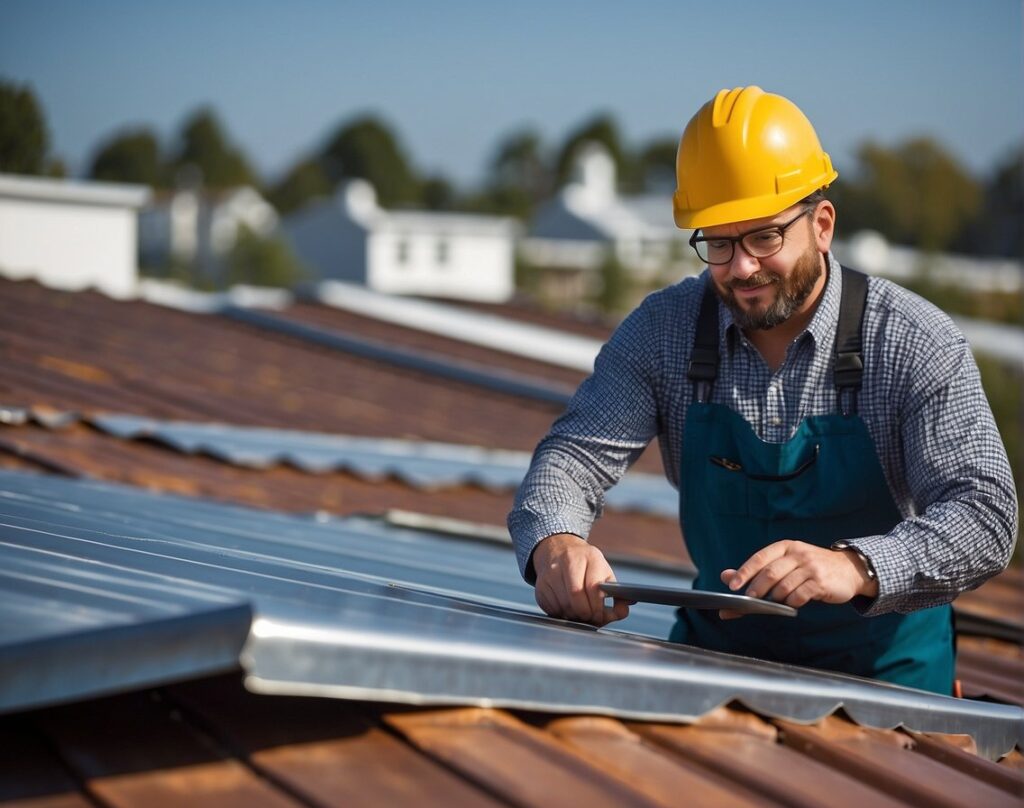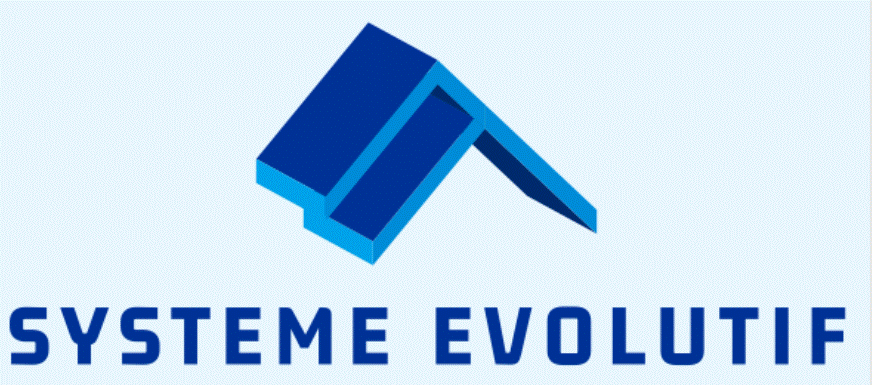Metal Roofing’s Durability: Ensuring Longevity through Rigorous Software Testing
Metal roofing has become a popular choice among homeowners and construction companies in the UK, prized for its impressive durability and longevity.
Due to advances in material sciences and coating technology, metal roofs can now last for decades with proper maintenance.
While the traditional benefits of metal roofing, such as weather resistance and energy efficiency are well-documented, less often discussed is the role of software testing in ensuring these roofs deliver on their longevity promises.

Software testing is integral to the development of metal roofing systems, as it helps identify potential weaknesses and performance issues.
Software simulations can model how a roof will perform under various environmental conditions over its expected lifecycle.
By running these tests before a metal roof is ever installed, manufacturers can guarantee a level of durability that manual testing simply cannot match.
This assurance provides peace of mind for both the installers and the end users, knowing that their investment in metal roofing is protected by rigorous pre-installation analysis.
Key Takeaways
- Metal roofing is a durable option for UK construction, often lasting decades.
- Software simulations predict metal roof performance and enhance durability.
- Pre-installation software testing offers assurance of metal roofing’s long-term value.
Essential Attributes of Metal Roofing
Metal roofing is renowned for its superior durability and is a robust option for property owners. It offers a combination of resilience, longevity, and maintenance advantages that are well-suited to the UK’s diverse weather conditions.
Material Quality and Selection
The quality of the materials used in metal roofing is paramount.
Homeowners typically have a choice between aluminium and steel, both of which have high durability.
Aluminium is lightweight, resistant to corrosion, and often chosen for its longer lifespan.
Steel, on the other hand, must be coated to protect it from the elements, but it is known for its strength and cost-effectiveness.
Structural Design Features
Structural integrity in metal roofing is achieved through intelligent design features.
A metal roof can be constructed using through-fastened systems, which are simple and economical, or standing seam systems, which provide enhanced weather tightness.
The latter is designed from load tables developed through testing per ASTM E1592, ensuring resilience against diverse weather patterns experienced across the UK.
Corrosion Resistance Factors
Metal roofing systems are treated to withstand corrosion, which is vital for their longevity. Corrosion resistance incorporates a variety of factors:
- Protective coatings, including galvanising or painting, shield the raw metal from moisture and pollutants.
- Proper installation is crucial, as it prevents water ingress and potential corrosion hotspots.
- The choice of materials can impact a roof’s vulnerability to corrosion. Certain metals resist rust better than others, and selecting the right one for the local climate and environmental conditions can make a significant difference.
Software Testing in Metal Roofing Durability
Software testing plays a critical role in ensuring the durability of metal roofing systems. Through sophisticated tools and stringent standards, the longevity and performance of these materials are substantiated.
Simulation and Modelling Tools
Simulation and modelling tools enable precise analysis of metal roofing materials under various conditions.
These programmes offer architects the ability to tailor designs to withstand environmental challenges, ensuring a roof’s longevity.
For instance, the Metal Roofing Software automates the calculation of panel sizes, seam locations, and necessary materials, facilitating intricate customisations that align with durability requirements.
Load and Resistance Assessment
The assessment of load and resistance is pivotal in confirming the structural integrity of metal roofing systems.
Standards such as the UL 580 test the uplift wind resistance by installing a roofing sample on a testing platform and sealing edges with closely spaced fasteners.
The UL 580 standard confirms the capability of the system to withstand real-world stressors.
Weathering and Ageing Predictions
Weathering and ageing predictions appraise the resilience of metal roofing against long-term environmental exposure.
Predictive models asses how a roofing system will fair over time, providing insights into maintenance needs and lifecycle.
Guidelines from British Standards on the durability and sustainability of metal roofing consider such factors to ensure the chosen materials last as intended.
Compliance with Industry Standards
Metal roofing systems must adhere to rigorous industry standards to guarantee quality.
In the UK, documents like BS 5427 and BS 7543 guide the durability and longevity of building materials.
Ensuring compliance with these standards is crucial for any software testing protocol.
This confirms that every metal roofing and cladding system is up to the mark for durability of buildings and their elements.
